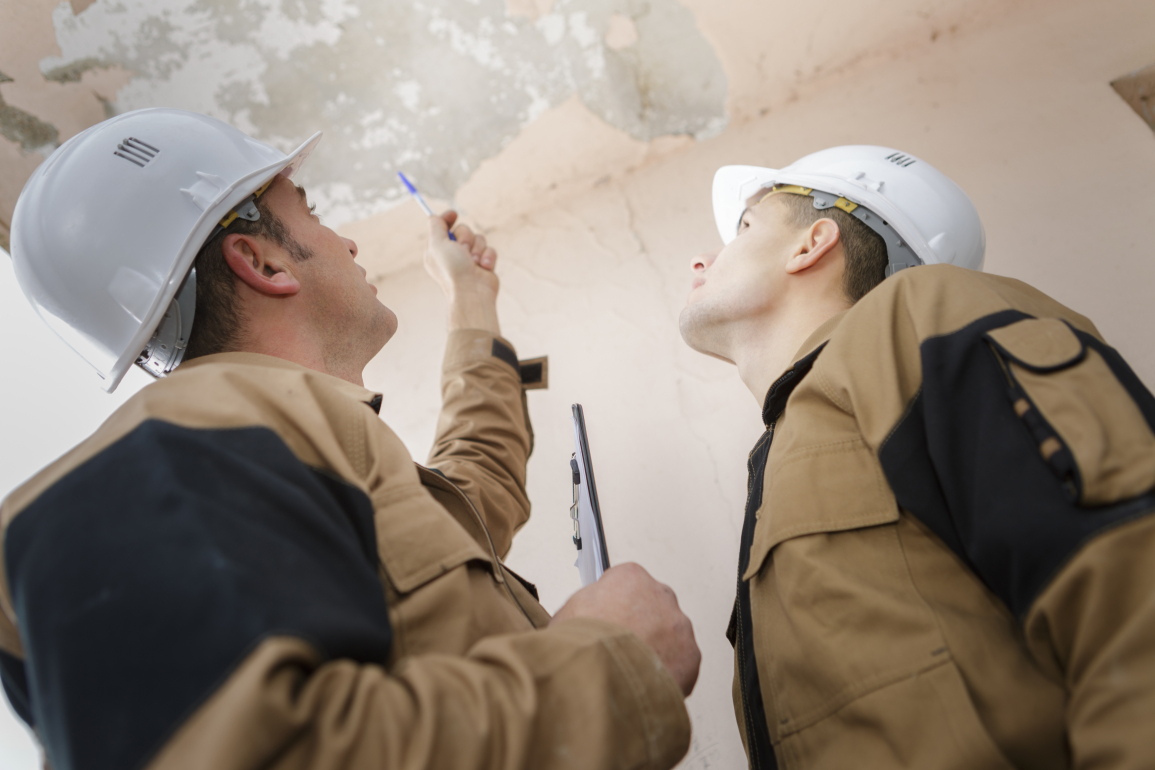Ceiling leakage in Singapore homes remains one of the most common yet devastating household problems that residents face, particularly during the monsoon seasons when torrential downpours test the limits of building infrastructure. Walking into your living room to find water dripping from above—or worse, a collapsed ceiling section—represents not just a maintenance headache but potentially thousands of dollars in repair costs.
The Peculiar Challenge of Tropical Living
Living in Singapore’s tropical climate creates unique challenges for building integrity. The combination of high humidity, intense heat, and frequent rainstorms creates perfect conditions for water damage to manifest. As veteran contractor Mr. Lim from Singapore Ceiling Repair Services explains, “What makes ceiling leakage particularly troublesome in Singapore is that buildings here experience extreme weather cycling—from scorching heat that expands materials to sudden cooling during rainstorms that causes contraction. Over time, this weakens seals and creates microscopic pathways for water.”
The statistics are sobering. According to the Building and Construction Authority (BCA), water seepage issues account for nearly 40% of all residential complaints in Singapore high-rise buildings, with ceiling leakage being the most prevalent manifestation.
Warning Signs You Shouldn’t Ignore
Before your ceiling transforms into an indoor waterfall, several subtle warning signs typically appear:
- Yellow or brownish water stains appearing on ceiling surfaces
- Bubbling or peeling paint in ceiling areas
- Musty, damp odours that persist despite cleaning
- Small cracks developing along ceiling joints
- Slight sagging in certain ceiling sections
- Water marks appearing after heavy rainfall
“The tragedy,” says Ms. Wong of the Singapore Homeowners Association, “is that most residents notice these signs but postpone action until major damage occurs. By then, what might have been a simple repair becomes a major renovation project.”
Common Culprits Behind the Drip
Understanding the source of ceiling leakage provides the first step toward effective resolution. In Singapore’s residential context, several causes repeatedly emerge as primary culprits:
Waterproofing Failure
The waterproofing membrane installed in bathrooms and on rooftops typically has a lifespan of 8-10 years in Singapore’s climate. As these membranes age, they develop microscopic cracks that allow water to penetrate into the concrete. “Waterproofing isn’t eternal,” notes Dr. Tan, a building material specialist at Singapore Polytechnic. “The combination of harsh UV exposure and constant moisture eventually breaks down even the best waterproofing systems.”
Plumbing Issues
Concealed pipes running through ceilings and walls represent another major source of leakage problems. Pipe joints loosen over time, and older metal pipes corrode from within. The problem intensifies in buildings where water pressure exceeds recommended levels, placing additional strain on plumbing connections.
External Wall Cracks
Singapore’s frequent thermal expansion and contraction cycles can cause hairline cracks in external walls. During heavy rainstorms, these seemingly insignificant cracks become pathways for water to enter the building envelope and eventually manifest as ceiling leakage.
The Neighbour Factor: A Uniquely Singaporean Challenge
One distinctly Singaporean aspect of ceiling leakage involves its inter-unit nature in HDB flats and condominiums. “In approximately 70% of ceiling leakage cases we handle, the source originates from the unit above,” explains Mr. Koh, a specialist in inter-unit leakage resolution.
This creates a complex social and legal dynamic that can delay resolution. Under Singapore law, the upper-floor owner typically bears responsibility for repairs if the leakage stems from their unit’s bathroom floor or other internal sources. However, establishing causation often requires professional assessment.
The HDB has established a specific protocol for such disputes, including joint inspections and mediation services. “Documentation is crucial,” advises Mr. Koh. “Photograph all damage immediately, keep records of all communication with neighbours and management, and follow proper reporting procedures.”
Beyond Patching: Proper Resolution Strategies
Addressing ceiling leakage effectively requires a systematic approach rather than cosmetic fixes:
1. Source Identification:
Professional water leakage detection using thermal imaging and moisture meters can pinpoint water intrusion sources without destructive testing.
2. Comprehensive Repair:
Simply patching visible damage without addressing the source guarantees recurring problems. Proper repairs typically involve hacking the affected area, repairing waterproofing or pipes, and then restoring finishes.
3. Preventive Measures:
Regular maintenance checks, particularly before monsoon season, can identify potential weaknesses before they develop into full-blown leakage.
4. Quality Materials:
Using waterproofing products specifically formulated for Singapore’s climate improves longevity. As local contractor Mr. Lim notes, “The few hundred dollars saved using budget materials often costs thousands in repairs within a year or two.”
When to Call the Professionals
While minor ceiling stains might tempt DIY solutions, ceiling leakage generally requires professional intervention. Licensed plumbers and waterproofing specialists possess the equipment and expertise to identify hidden sources and implement lasting repairs.
The Building and Construction Authority recommends engaging BCA-approved contractors for significant ceiling repairs to ensure work meets Singapore’s stringent building codes.
Like many challenges in Singapore’s urban environment, ceiling leakage represents the intersection of climate realities, building technologies, and community living. By understanding the warning signs and taking prompt action, homeowners can protect their properties and peace of mind from the disruptive impact of ceiling leakage.

